
August 27, 2025 | Articles
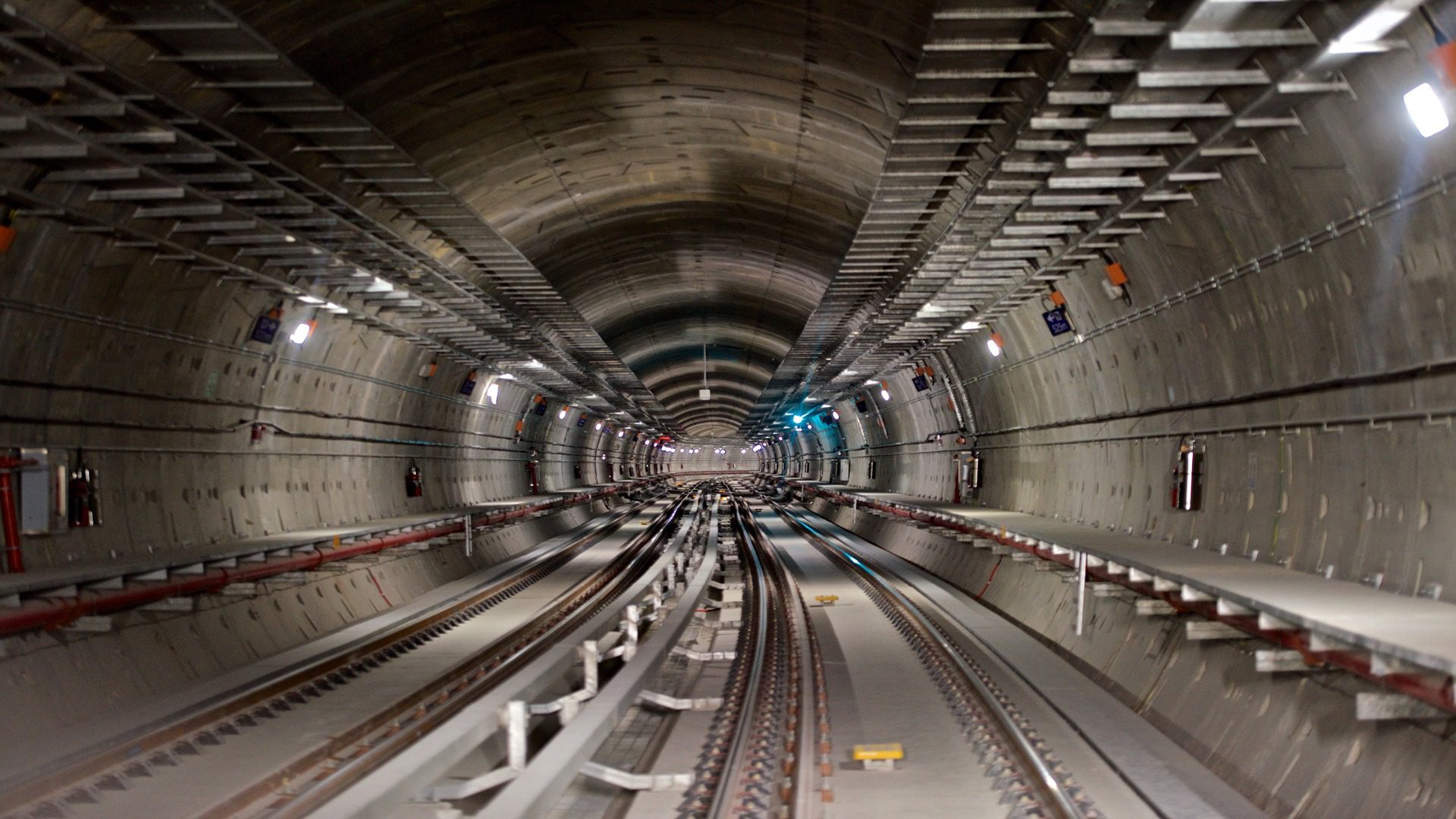
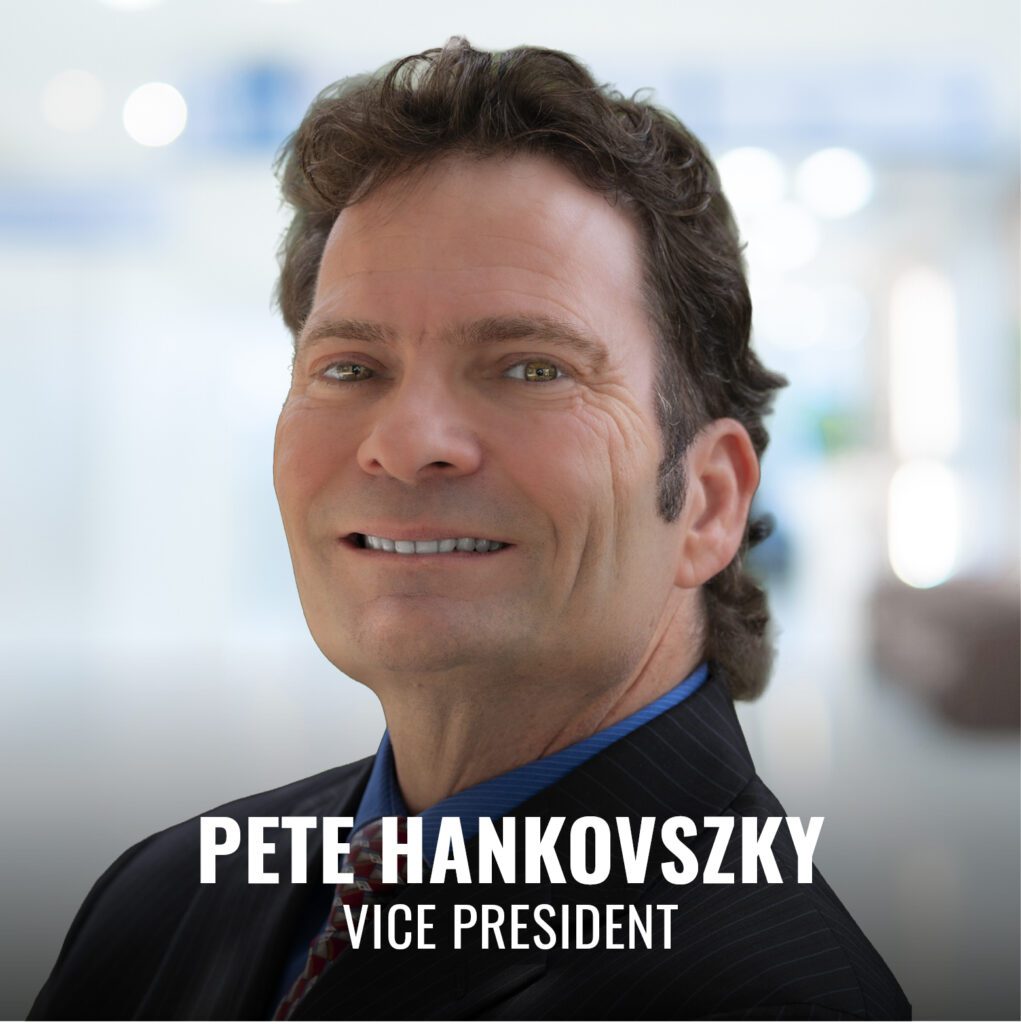
According to new Hill Vice President Pete Hankovszky, who has more than 30 years of program and project management and business development experience in rail and transit, even the most technical management solutions start with regular, face-to-face client collaboration.
“That’s why,” he says, “my professional passion is getting out in front of clients as early as possible and working with them to identify their needs. Once we do that, we can start identifying and prioritizing options, building teams that can deliver exactly the expertise our clients require, and drive project success.”
At Hill, Pete will leverage his decades of experience to strengthen Hill’s relationships with transit agencies throughout the country. He says this will facilitate more effective project management, funding, and staffing plans in line with owner expectations.
“I’m an avid fisherman,” adds Pete. “So, I like to think of the work we do in those terms. When you’re fishing, especially in a new place, you can always just head down to a body of water, cast your line a few times, make adjustments on the fly, and hope for the best. But if you visit local bait and tackle shops and develop relationships with people who fish the area—so that they may actually tell you what you need to know—you’re going to have a much higher probability of success.
“In project management, when we have trusted relationships with existing and potential clients, our conversations reveal more about an owner’s goals and the challenges they face, which affords us with opportunities to offer the most effective services.”
And Pete sees plenty of opportunities for rail and transit agencies across the country. “As always, upkeep and state-of-good-repair initiatives are crucial for keeping transit systems operable and safe,” he says. “Addressing internal staffing, systems, or policy challenges can help agencies get more value out of their operations. Long-term capital expenditures and expansions and the acquisition of new technology, have the potential to grow and transform our transit systems and to improve the passenger experience.”

Pete notes that there are also uncertainties, as well as plenty of questions that owners may have, such as: What’s the most impactful project we can execute? What resources do we need? How long is this going to take? How will this impact operations? How will we fund this? So, in addition to forging and strengthening client relationships, Pete looks forward to leveraging Hill’s collective expertise to provide effective oversight.
Pete expects his experience working on behalf of the Federal Transit Administration (FTA) to be valuable for Hill teams and Hill’s clients. He explains: “In a past project management oversight role for the FTA, I coordinated with transit agencies who received federal funding for their projects to make sure all grant requirements were met. To win funding and ensure funding stability throughout your project’s life cycle, the owner must have an effective funding plan in place from day one. As funding is a universal concern for transit agencies, I’ll be collaborating with our transit clients and program and project management teams to navigate funding opportunities and put funding plans in place.”
Pete’s FTA experience includes overseeing work on some of the largest and most high-profile transit projects in New York City during the 21st century, including the Metropolitan Transportation Authority’s (MTA) more than $11 billion Long Island Rail Road East Side Access Project and the MTA’s more than $17 billion Second Avenue Subway Project.
Pete adds that he looks forward to making use of the many tools available at Hill. In addition to our deep bench of subject matter experts, Pete cites Hill’s internal business development tools that help ensure efficient resource allocation and enable us to keep a pulse on the market, rapid team mobilization procedures to make sure we engage potential clients with the right technical team as early as possible, and Hill University, Hill’s internal learning and development tool.
“Hill University is a unique selling point,” he says. “In addition to the project management team we can build for our clients, we can build a learning center for them that houses key information about assets, project management best practices, operations and maintenance, you name it. This kind of tool can be invaluable for owners as they manage certain internal challenges, like training staff or creating knowledge centers.”
However, Pete says the potential to add value starts with relationships. With trusted relationships in place, he says that Hill will be able to promote the free flow of information and cultural alignment, help plan clients’ projects in the context of the market, build teams that deliver exactly the services required, and execute projects in line with client expectations.
“I’m excited to be part of this team,” Pete concludes. “Our professionals have an excellent reputation and many strong relationships with owners throughout the country. Hill’s pure PM model, having no potential conflicts of interest, can give owners added peace of mind. We’re here for you. We’re strictly on your side, and the foundation of our approach is our relationship with you. So, I look forward to collaborating with our clients and my colleagues, to take advantage of the opportunities out there to deliver stronger, more efficient transit systems.”
Connect with Pete at [email protected] to learn more about how Hill International, Inc. can support your rail and transit needs. Visit www.hillintl.com/rail-transit-practice/ to learn more about our rail and transit practice.
Share

August 27, 2025 | Articles
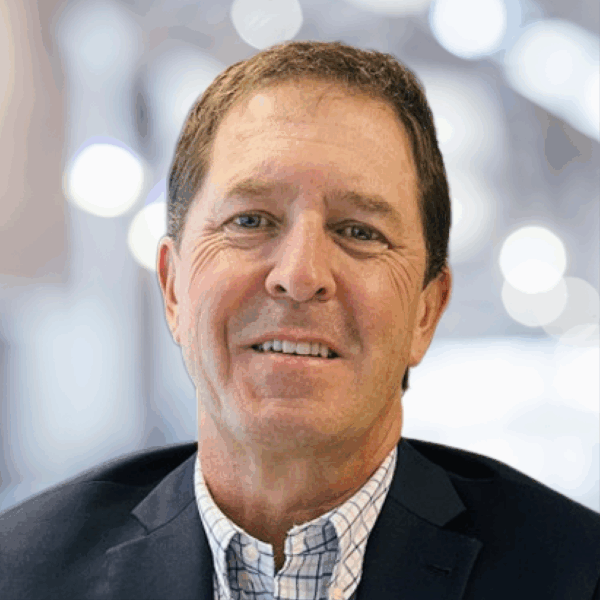
August 12, 2025 | Articles
Hill Welcomes Ben Schwenk as Senior Vice President in the Kingdom of Saudi Arabia
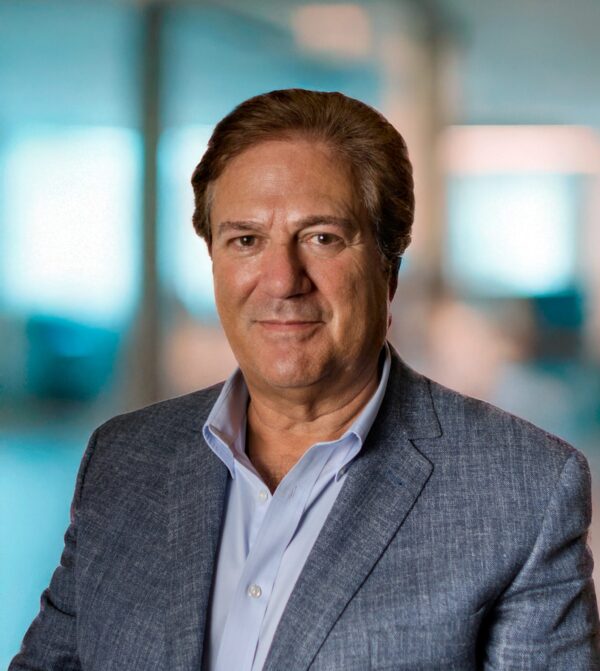
July 27, 2025 | Articles
The Infrastructure Puzzle: Robert Regalado’s Wholistic Business Development Approach
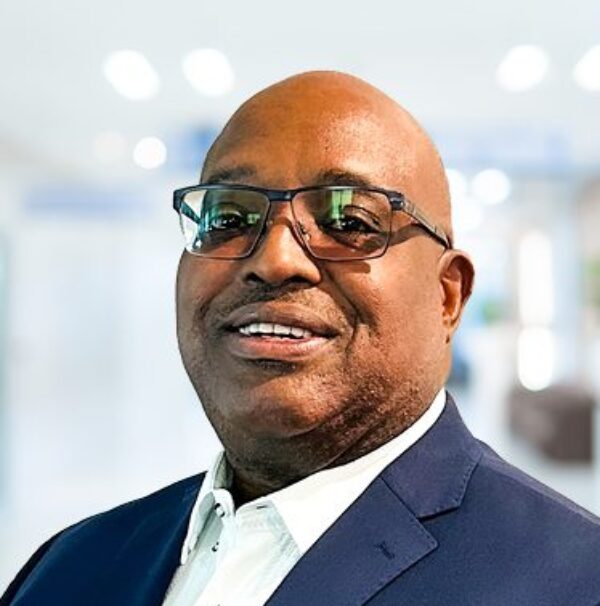
July 13, 2025 | Articles
Tech-Forward Contracting: A Much-Needed Construction Solution

June 23, 2025 | Articles
Jeffrey Hurley Joins Hill’s Northern California Rail Practice
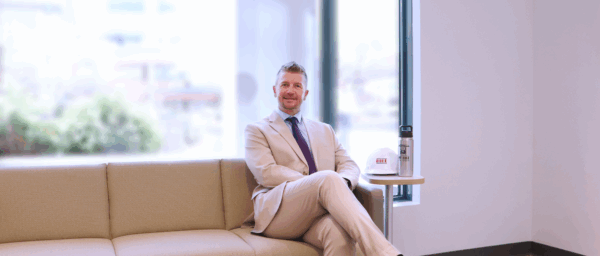
June 23, 2025 | Articles
Ready, Set, Grow: First VP Chad Koelling Takes Charge of Hill’s Mountain West Region
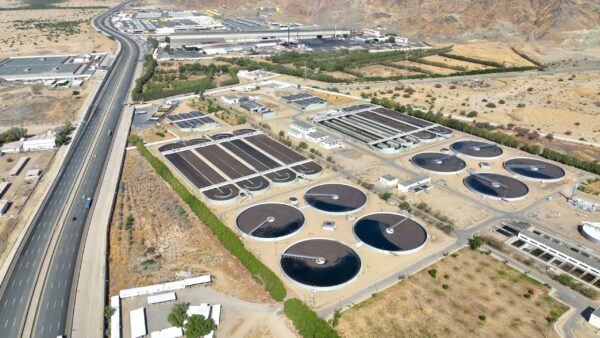
June 8, 2025 | Articles
PMO in Saudi Arabia: The Holistic Approach to Realizing a National Mega-Portfolio